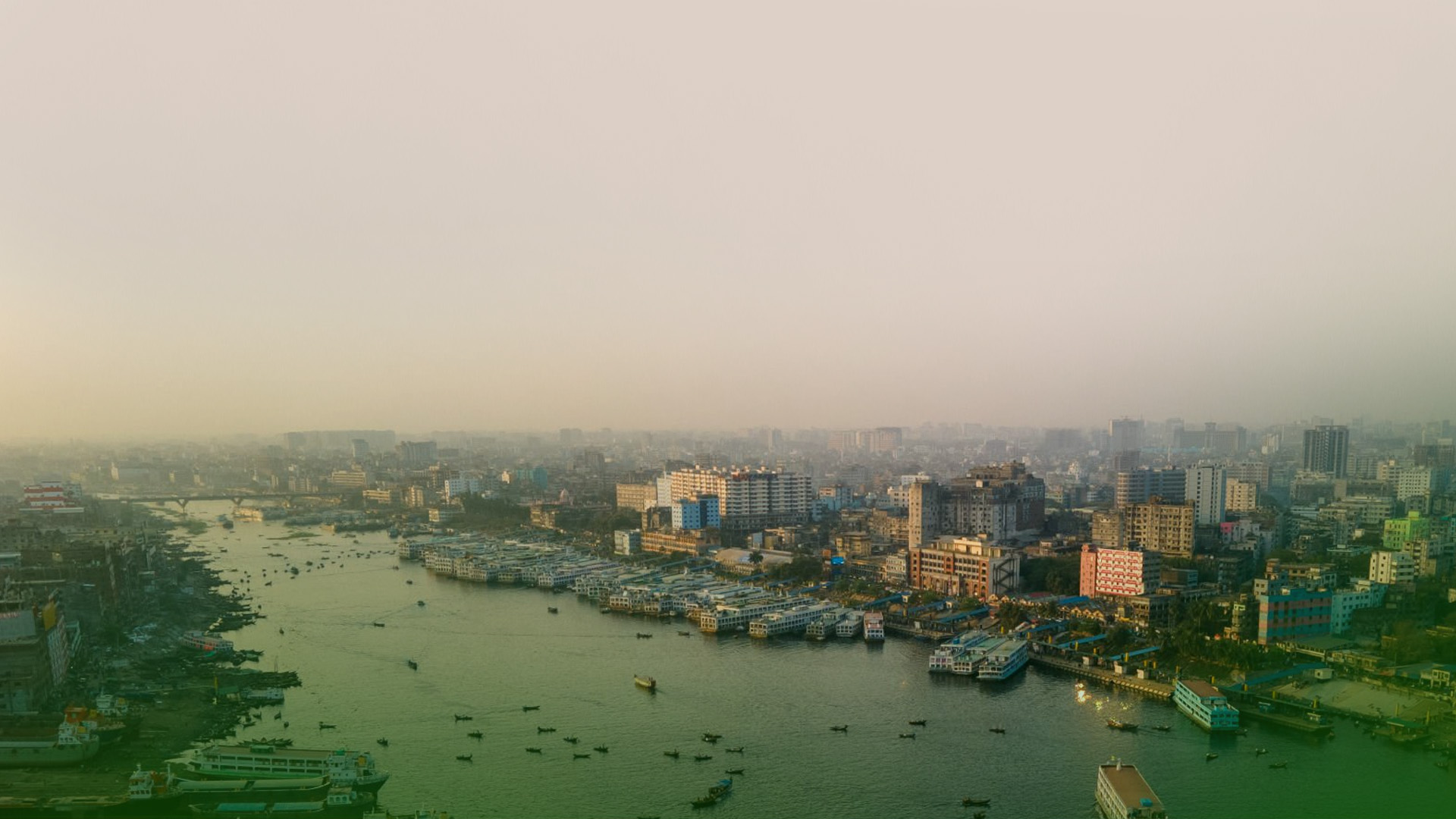There was a time not too long ago when Bangladesh was simply regarded as a low-cost manufacturing destination, heavily reliant on its ready-made garments (RMG) sector and foreign aid. That narrative, however, has been gradually dismantled over the past decade. A growing middle class, steady public and private sector investment, and increasingly sophisticated infrastructure have altered the country’s investment identity. Now, in 2025, Bangladesh is once again drawing serious attention, not because it is without problems, but because it has shown that it can absorb them.
RIUNIT’s latest Bangladesh 2025 Country Report offers rare insight into how the country is negotiating both internal pressures and global headwinds. From inflation and exchange rate shocks to regulatory hurdles and shifting trade dynamics, the findings suggest a country that remains fundamentally investable, even if not invincible.
Whilst the global investment environment has been roiled by tightening credit, trade frictions, and political uncertainty, Bangladesh’s economic trajectory has not entirely lost its footing. According to projections by the ADB and IMF, growth for FY2025 will settle just under 4%, with expectations of a return to above 5% in the following year. Importantly, despite the dip, certain fundamentals have held firm, particularly remittances, which surged by over 33% year-on-year in Q1 FY25, and the resilience of key consumer markets in Dhaka and Chittagong.
While the broader economy faces a cautious balancing act, some sectors are demonstrating strength in the face of adversity. Take the FMCG sector, which continues to expand in both value and reach, with a stronghold in urban micro-retail. Our Q1/Q2 2025 retailer survey revealed that consumer behaviour is shifting not away from consumption, but rather toward price-quality optimisation. In other words, demand is intact; it’s just become smarter.
The industrial base too is evolving. Large-scale industry output has doubled in under a decade, with strong growth in sectors like pharmaceuticals, ceramics, and IT-enabled services. With the Export Processing Zones attracting upwards of USD 6.78 billion and employing over 500,000 workers, two-thirds of whom are women, the structure of Bangladesh’s economy is gradually shifting. And yet, the appetite for deeper industrial investment remains hampered by a persistent skill mismatch, energy supply issues, and political instability.
Our research indicates that the private sector is ready to move, but is waiting for signal clarity. As with any emerging market, confidence hinges not just on growth, but on the quality of that growth. Policy consistency, banking sector reform, and energy security are now front and centre.
One area that has defied downward trends is the performance of Chittagong Port, which handled over 3.27 million TEUs and nearly 3,900 ship calls in 2023. The port has become a focal point for regional trade connectivity, and planned investment in bunkering and fuel infrastructure suggests that Chittagong is fast becoming more than just a maritime gateway. In a regional context, it remains one of the few ports with a growth narrative still intact
At the same time, policymakers in Dhaka are keeping a close watch on Colombo—and with good reason. The Sri Lankan crisis, with its spiralling debt, runaway inflation, and complete collapse of investor confidence, serves as a sobering reminder of what happens when early warning signs are ignored. The comparison is not made lightly. Bangladesh, while more structurally sound, is still flirting with some of the same risk factors, namely, a growing fiscal burden, reliance on imports, and a fragile political economy.
Despite this, there is a case to be made for Bangladesh as a continued investment magnet. From the perspective of long-term capital, the fundamentals still stack up:
- A large, young workforce
- A diversified industrial base
- An urbanising consumer population
- And increasing connectivity through ports, SEZs, and trade reform
The data speaks clearly. But more importantly, so does the sentiment.
Our structured survey of industry leaders reveals a consistent message: confidence is still there, but conditional. Investors are watching how Bangladesh manages the next 18 months, especially in relation to inflation control, foreign exchange stability, and trade facilitation.
In conclusion, RIUNIT, after over two decades of monitoring frontier markets, believes that Bangladesh’s investment story is far from over. It may be quietly entering a new chapter: one of consolidation, recalibration, and ultimately, return.
The Bangladesh 2025 Country Report unpacks all of this and more.
Source: RIUNIT Bangladesh Country Report, 2025
To access the full report www.riunit.com, or request a briefing, contact: [email protected]

